‘Coronasomnia’
Pandemic Has Interrupted Our Slumber
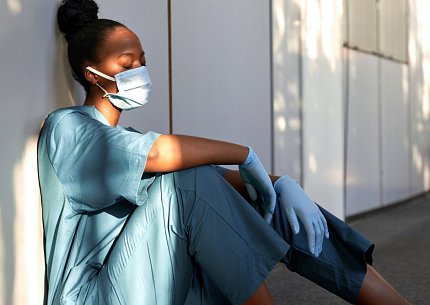
Photo: insta_photos/shutterstock
Feeling extra tired lately? These days, more people are chronically sleep deprived, a phenomenon heightened by the Covid-19 pandemic.
Studies and surveys around the world over the past 18 months show increased insomnia, daytime sleepiness and nightmares and lower quality of sleep—what investigators have come to call “coronasomnia.”
“Stress is the single most important factor to trigger sleep problems,” said Dr. Charles Morin, a psychology professor at Université Laval in Quebec, Canada, who opened the third annual Sleep 101 symposium. The Sept. 10 event was co-sponsored by NHLBI, the American Academy of Sleep Medicine and the Sleep Research Society.
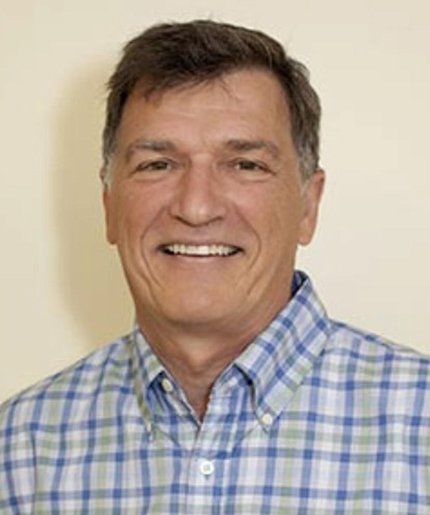
While sustained stress and anxiety have triggered coronasomnia, other pandemic-specific factors also have impeded regular, quality sleep. Shifting work schedules, disrupted routines and confinement have thrown off circadian rhythms and disturbed sleep, even for people actively trying to rest more.
“For some, it’s produced reduced sleep efficiency despite increased time in bed,” noted Morin.
In a survey of more than 50,000 people in 44 countries, more than one-third of respondents reported sleep problems, with numbers substantially higher among health care workers and Covid-19 patients. Another telling sign: last year, internet searches for “insomnia” soared and remained high.
Another study with more than 22,000 people across 13 countries—the international collaboration Covid-19 sleep study (ICOSS)—revealed many participants had much greater difficulty falling and staying asleep as well as increased early-morning awakenings, nightmares and daytime fatigue.
“All sleep-wake problems were significantly increased during the first wave of the pandemic,” exacerbated by confinement and financial stress, said Morin.
In Canada, a smaller insomnia study that had baseline sleep data from 2018 showed an inordinately high number of new cases of insomnia in 2020 among previously good sleepers.
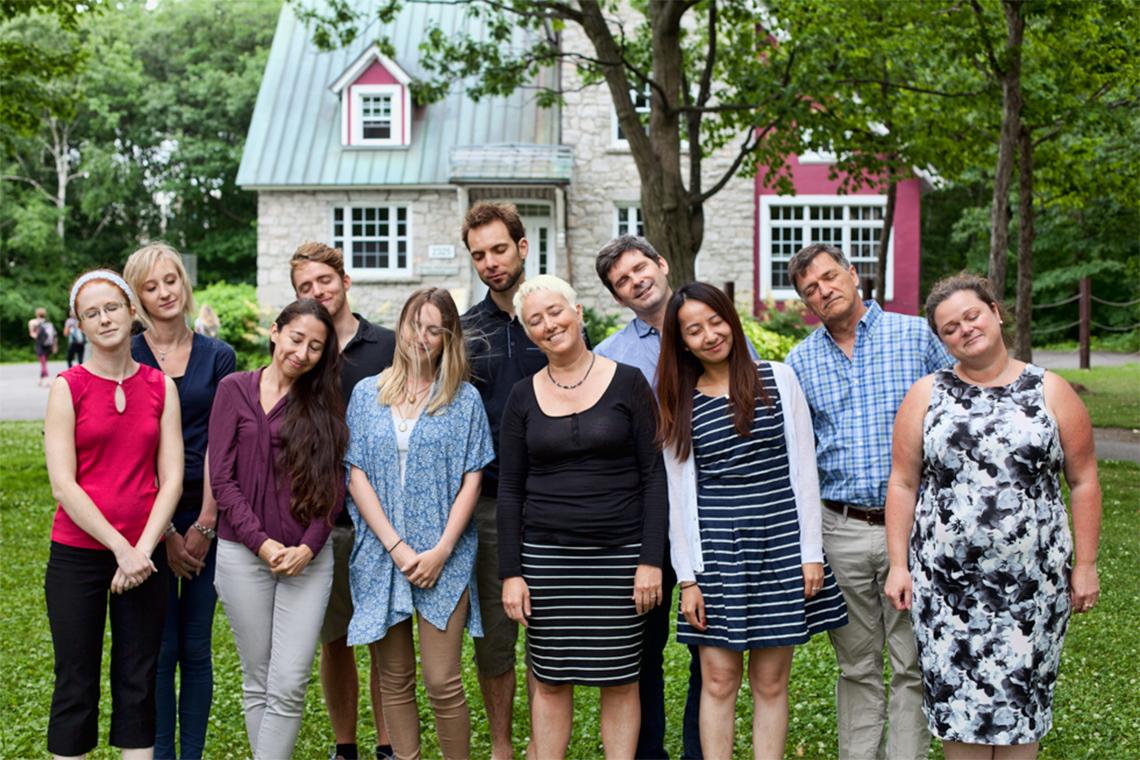
Photo: Courtesy of the Morin Laboratory
“For many people who develop insomnia during a major stressful event, some will resume normal sleep patterns,” said Morin, “but others will continue suffering sleep disturbances even after the initial triggering event disappears.”
In fact, many people who had a prior Covid-19 infection commonly continue to experience fatigue and sleep disturbances, among other lingering symptoms, long after recovering from their initial infection, a condition called Post-Acute Sequelae of SARS-CoV-2 (PASC) or “long Covid.” Whether certain biological pathways lead to fatigue in PASC is currently under study, said panelist Dr. Reena Mehra, staff physician and director of sleep disorders research in the Sleep Center of the Neurological Institute at Cleveland Clinic.
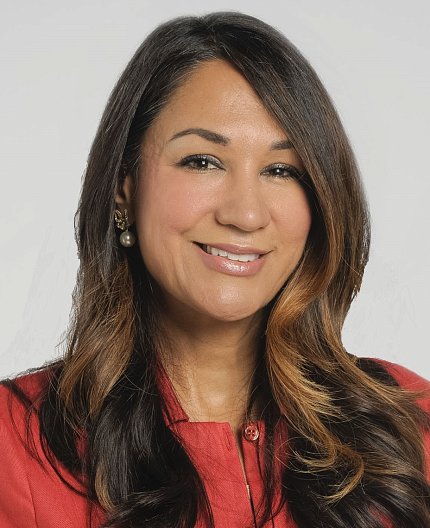
“Sleep and circadian rhythm has key functioning in terms of our immunity, infection susceptibility and also our post-infection recovery,” said Mehra. “It’s unclear yet whether those with sleep and circadian rhythm disruption are more likely to contract SARS-CoV-2 because of compromises in immunity or perhaps have less resilience and worse outcomes, including PASC.”
Even in normal times, chronic sleep deprivation raises health risks, from mood disorders to cardiovascular issues to inflammation. The pandemic carries additional risks, warned Mehra. For example, sleep-related hypoxia—particularly the amount of time spent below 90 percent oxygen saturation—is associated with worse Covid-19 outcomes. Also, obesity, a major risk factor for obstructive sleep breathing disorders, is a leading risk factor for hospitalization and death from Covid-19.
The Cleveland Clinic established a Covid-19 recovery clinic in February—directed by Dr. Kristin Englund, vice chair of infectious disease—that as of July had enrolled 900 PASC patients, and launched an app to screen for sleep disorders, led by Dr. Nancy Foldvary-Schaefer, director of the Cleveland Clinic’s Sleep Disorders Center.
Mehra advocated for leveraging more data from electronic health records and wearable devices to better understand the links among sleep health, viral immunity and Covid-19 recovery. She also urged more studies into sleep health disparities, as certain populations are disproportionately burdened with severe Covid-19.
“There’s a strong and growing body of evidence about disparities in sleep quality and sleep duration,” said Dr. Natasha Williams, assistant professor, Institute for Excellence in Health Equity at NYU’s Langone Health.
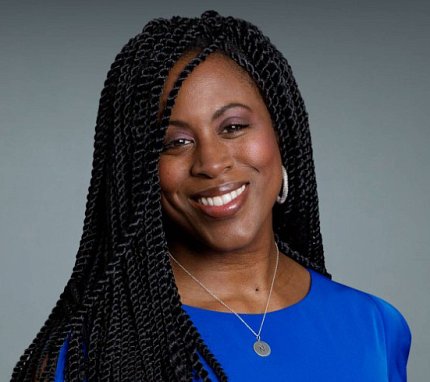
NHLBI’s Multi-Ethnic Study of Atherosclerosis (MESA) study, for example, has found racial and ethnic differences in sleep-disordered breathing most pronounced in those with shorter sleep duration.
“What’s really key is there are also differential stress exposures,” she said, from socio-cultural factors and discrimination to chronic stress and disease, “and these are largely contributing factors to ethnic differences in sleep outcomes.”
The disparities exposed during Covid-19 necessitate rapid studies of the physiological components and structural and social mechanisms at play, she said. “We want to have good structures in place—primary prevention, safety net programs, access to quality health care—so we can better address these unfair and unavoidable differences of health status among groups.”
One universal challenge during the pandemic has been dysregulated sleep caused by redistributed work schedules and routines, said Dr. Hans Van Dongen, director, Sleep and Performance Research Center and professor, Elson Floyd College of Medicine, Washington State University.
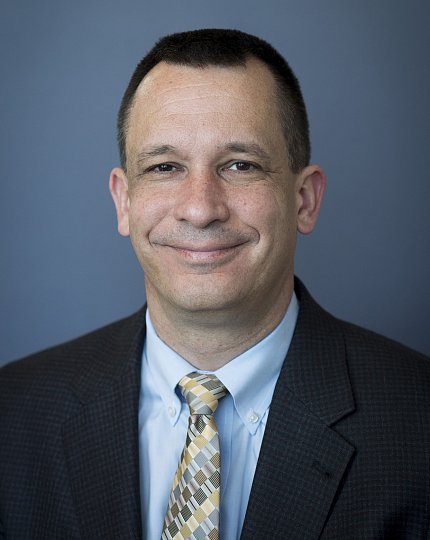
“There is a cost to not getting enough sleep that accumulates over days of insufficient sleep,” he said.
Normally, he explained, the sleep-wake cycle features a balance between the circadian process—which builds pressure for wakefulness during the day and withdraws it during the night—and the homeostatic process, which ensures the body gets enough sleep based on waking hours. For people working the night shift, the process flips and puts circadian rhythms out of sync, an imbalance leading to daytime sleepiness that applies to anyone with altered schedules during the pandemic.
“What we see is a profound interaction between circadian and homeostatic processes that fundamentally changes the way sleepiness builds during the waking period and falls depending on where and when the work period is placed,” Van Dongen said.
The question looms: where is the middle ground for optimizing work hours while minimizing sleepiness-related risk? With lessons from the pandemic, suggested Van Dongen, “we have an opportunity to revisit how we manage our working-time arrangements and the way we schedule and conceptualize work.”
Morin agreed. “We have to take this [chronic sleep deprivation] seriously because we know a great deal more now about the burden of insomnia on mental and physical health, public safety and occupational health,” he said. This is an opportune time to examine the potential of different interventions, based on large-scale studies, toward improving overall sleep health for all.
For more information: www.nhlbi.nih.gov/news/2020/covid-and-sleep-better-slumber-during-pandemic-may-help-protect-your-health.
The AASM/SRS task force published new guiding principles for work-shift duration to help manage fatigue-related risks: https://aasm.org/principles-for-work-shift-duration-published-aasm-srs/.
